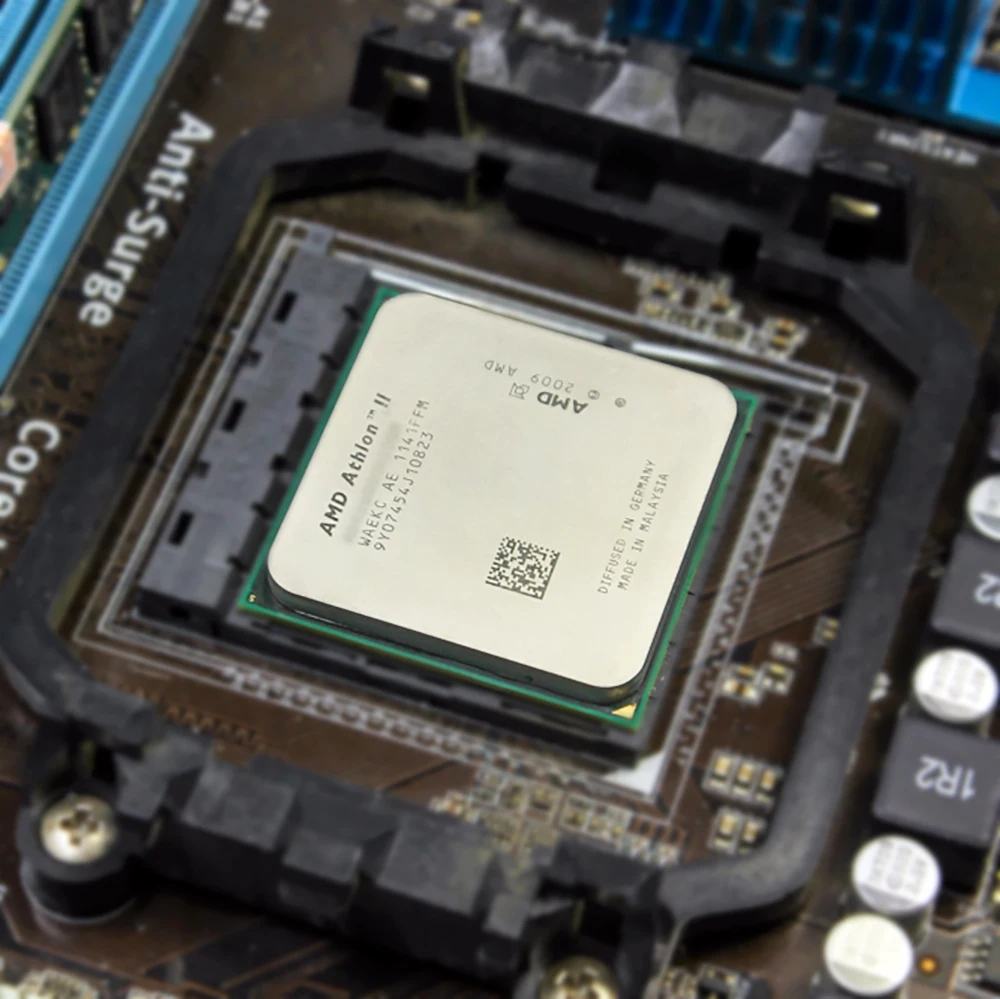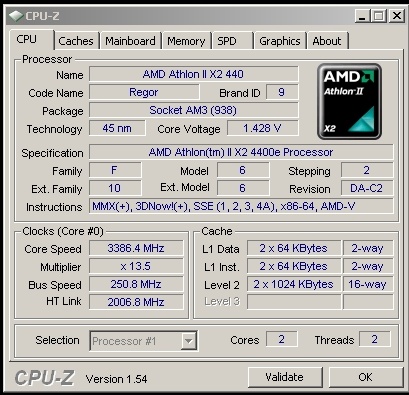

Alternatively, the combination of real 0E DID 2 and 18 used, but what we have not tried. With Phenom with a 1.8 GHz clock NB is the value CPU NB FID to 05 (which corresponds to the decimal value 9) and CPU-NB DID to 1 Real yields then the 9 / 1 = 9 And 9 * reference clock 200 is 1.8 GHz NB-stroke. But the adjustable value for FID is not for the real value, because in this Hexcode encrypted.

Since these motherboards in cooperation between the two manufacturers were found in two BIOSen following options:ĬPU-NB DID is a divider, the value of CPU-NB FID shared. Unfortunately, not all motherboards have the ability to adjust. A change in the multiplier is equipped with the AMD's own OC-tool AMD Overdrive not possible, so currently the only way is through the motherboard's BIOS is possible. The NB-multiplier is currently freely available to all Phenom models in the standard operation at 9. The fact is, however, that the practice of exactly this behavior.Ĭonversely, it means that when you Phenom current maximum multiplier 9 for the HT link should use (which is 1.8 GHz with HT-Link 1.8 GHz clock means NB). Why this is so, is currently tapping (yet?).
AMD 785G AMD K10 PC
The reason is simple: As soon as the HT link higher than the NB-clock set, booting the PC is not more. On the Internet we can read in part that high-HT links do not work. This shows the following speeds:ġst Processor clock = 220 * 11.5 = 2,530 MHzģrd Memory clock = 220 / 1 * 2 = 440 MHz and DDR2-880 Let's say we use an AMD Phenom 9600, in conjunction with DDR2-800 and change the reference clock from 200 to 220 MHz. It runs also on the Phenom-AM2 motherboards, but here again apply other special features. Here are all features supported, which is why this guide more on this platform. The processor multiplier plays no role.Ĭurrently there are for the AMD Phenom as "house" only platform motherboards with AMD's chipsets the 700 series.
AMD 785G AMD K10 FULL
The fact that the memory clock derived from the reference clock is at every processor clock, the full memory clock. While at AM2 because of the complicated calculations not every memory for each processor clock cycle was possible and therefore part of the memory far below the specification had to be operated (especially users of processors with odd or half multipliers which can sing a song Chen), this image has radically changed. Viewed with CPU-Z, the whole thing looks like this: It merely changed the fundamentals of the corresponding pulse rates by either the reference clock or the equivalent multiplier, or the ratio changed. The memory clock is based on the reference clock with these conditions calculated:ĭDR2-400: 1:1 (200 MHz reference clock, 200 MHz real memory clock)ĭDR2-533: 3:4 (200 MHz reference clock, 266 MHz real memory clock)ĭDR2-667: 3:5 (200 MHz reference clock, 333 MHz real memory clock)ĭDR2-800: 1:2 (200 MHz reference clock, 400 MHz real memory clock)ĭDR2-1066: 3:8 (200 MHz reference clock, 533 MHz real memory clock)Īs you can see, is the direct influence of rational speeds not possible. The Northbridge stroke are calculated from 200 MHz reference clock with multi 10th The HT-Link is also available via multi between 1 and 13 * 200 calculated. The speeds are as follows:Ģnd Processor clock = 200 * 12 = 2,400 MHzģrd Northbridge stroke = 200 * 10 = 2,000 MHz This comes with a clock rate of 2.4 GHz and a multiplier of 12. Let us take the example of our practice Phenom 9700 ES. However, the NB-stroke only conditional influence on the performance, as seen in the LOSTCIRCUITS below. The Northbridge clock has an impact on the performance of the system, as for example, the 元 cache with this clock operates. The memory clock is calculated as opposed to K8 means of a relationship, also from the reference clock. The Northbridge clock and the HT-Link are also using multipliers calculated from the reference clock. The reference clock lies with the Phenom exactly like the K8 in the normal state at 200 MHz and using the multiplier is due to the fact the real processor clock. * Hyper Transport link (in short: HT link) With AMD Phenom, there are a total of five different types of clocks:


 0 kommentar(er)
0 kommentar(er)
